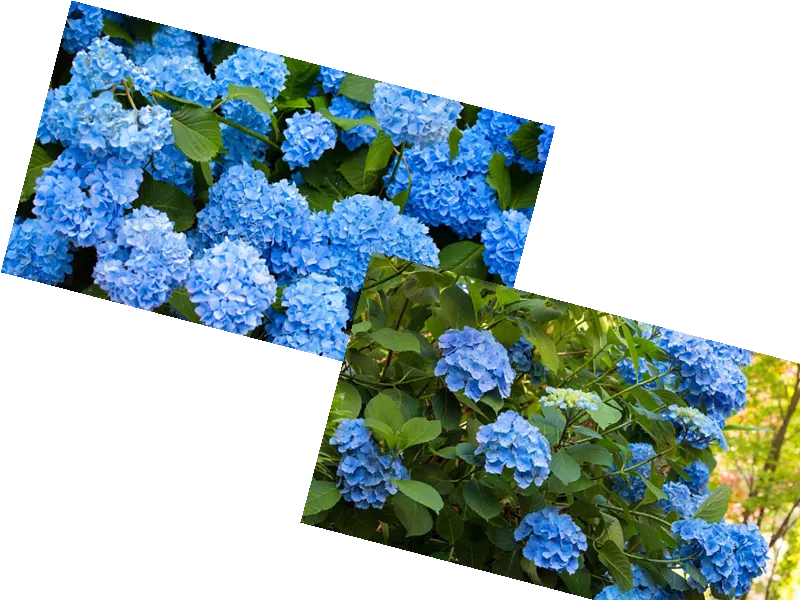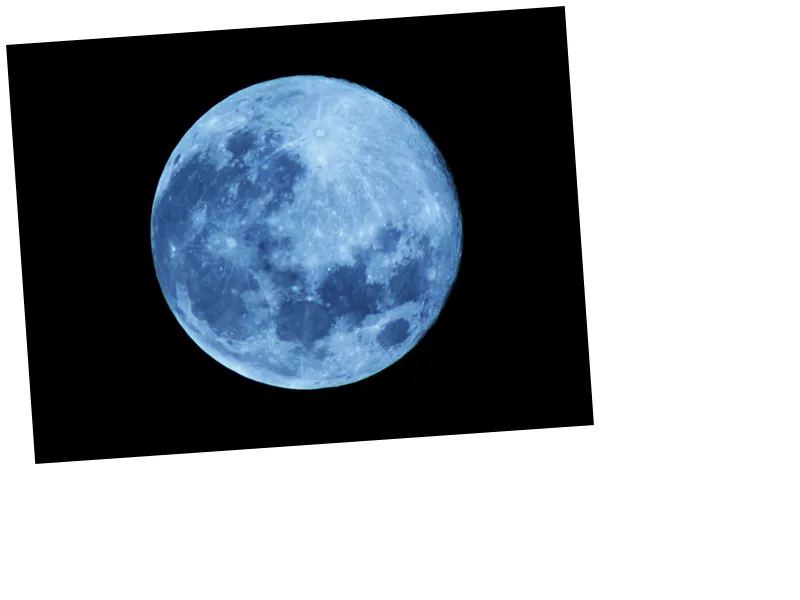How to Get Blue Hydrangeas
Hydrangeas (Hydrangea) are a favorite in gardens, known for their stunning blue flowers which can range in shades from pastel blue to indigo. Achieving these vibrant colors involves several key factors. The primary element is the presence of aluminum in the soil, which can only be absorbed by the plant if the soil is acidic. This means the soil pH must be between 5 and 6. Additionally, only certain varieties of hydrangeas, such as Hydrangea macrophylla and Hydrangea serrata, are capable of producing blue flowers. Without these conditions, blue varieties may turn pink, but pink or white varieties will never turn blue.
Varieties of Blue Hydrangeas
There are several varieties of blue hydrangeas that are particularly popular among gardeners. Some notable ones include:
-
Hydrangea macrophylla 'Nikko Blue': Produces light blue, flattened ball inflorescences up to 15 cm in diameter from early summer until October.
-
Hydrangea macrophylla 'Nachtigall': A 1.5 m tall plant with intense dark blue, sometimes mauve, flat inflorescences from July to October.
-
Hydrangea macrophylla 'Zorro': Known for its black stems and dark green leaves, it produces rounded inflorescences with pale blue and blue-purple flowers from July to September.
-
Hydrangea serrata 'Blue Deckle': This 2 m high variety has soft blue inflorescences that bloom twice, first in June/July and again in August/September.
-
Hydrangea serrata 'Blue Bird': Produces dark blue central flowers with light blue florets on the periphery from June to September. The foliage turns red in autumn.
Maintaining Blue Hydrangeas
To keep your hydrangeas blue, it is crucial to maintain the acidity of the soil. In regions like Normandy or Brittany, the soil naturally supports blue hydrangeas due to its richness in shale and alumina sulfate. For other areas, gardeners need to take additional steps:
-
Water with non-calcareous water to avoid neutralizing the soil.
-
Use natural mulch, such as crushed pine bark or slate mulch, to further acidify the soil.
-
Place coffee grounds at the base of the plants to encourage blue flowering.
-
In early spring, add alumina sulfate by watering with a solution of 200 g of alumina sulfate in 20 liters of water.
-
If the soil is very calcareous, consider growing hydrangeas in pots to control the soil conditions.
An effective life hack for maintaining blue hydrangeas involves using vinegar water. Tap water can neutralize acidified soil, causing the flowers to turn pale or purple-blue. By adding a splash of vinegar to rainwater and watering the plants evenly, gardeners can keep the soil acidic and maintain the vibrant blue color. However, it is important to avoid using pure vinegar as it can harm the plants.
- Hydrangeas are versatile garden plants that come in a variety of colors, including white, pink, and violet. However, blue hydrangeas are particularly prized for their striking appearance. The color of hydrangea flowers is influenced by the soil's pH level and the presence of aluminum.
- In some regions, the natural soil composition supports blue hydrangeas, but in others, gardeners need to take specific actions to achieve and maintain the desired color. Regularly watering with non-calcareous water and using acidic mulches can help maintain the soil conditions necessary for blue flowers.
- An interesting tip for gardeners is to use vinegar water to keep the soil acidic. This method is cost-effective and avoids the need for chemical treatments. However, it is important to use the correct dosage to prevent damaging the plants.






